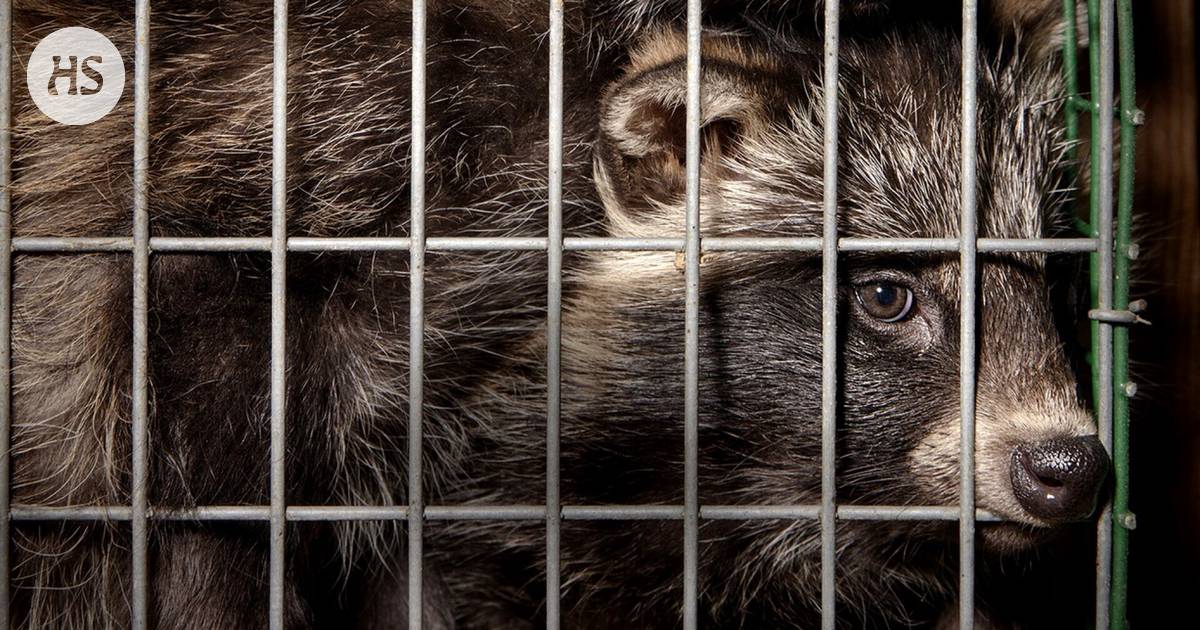Fur farms|A possible new pandemic virus can infect fur animals and from them to other mammals.
The summary is made by artificial intelligence and checked by a human.
According to a Chinese study, fur animals can be significant sources of infectious diseases.
Supiko dogs carried the most potential pathogens.
The Finnish Food Agency estimated last year that fur farms create “welcoming conditions” for the spread of pathogens.
A bird flu virus spread on Finnish fur farms in Ostrobothnia last year.
Fur animals can act as significant sources and transmitters of infectious diseases, says a Chinese study published in the scientific journal Nature on Wednesday evening research.
The most potential pathogens were found in raccoons. After the gophers came guinea pigs, rabbits and jackals.
There were 462 animals from different parts of China in the study. Of those, 412 came from fur breeding sites and 49 from natural or artificially created habitats. There were also, for example, minks and red foxes.
The researchers looked at 125 different virus species. For example, the coronavirus and the influenza A virus were included.
Among the viruses that were repeatedly transmitted from one species to another, there were 11 zoonotic viruses that have already infected humans. In addition, there were 15 viruses that have been detected in two or more mammal species but not in humans.
Of the viruses, 39 had a high risk of being transferred from one species to another.
The raccoons carried ten high-risk virus species.
About the coronavirus pandemic since then it has been understood that a possible new pandemic virus can infect fur animals.
The transfer of viruses from one mammal to another increases the risk of virus variants being transferred to humans. Mutations can give rise to new pandemics.
No coronavirus infections were found in Finnish fur farms during the coronavirus pandemic. In the rest of the world, however, it was noticed that the coronavirus caught easily, especially in minks. In addition, it was discovered that the coronavirus was somehow transmitted back to humans.
Instead, the bird flu virus spread last year in Finnish fur farms in Ostrobothnia. All mink in infected farms were ordered to be killed.
According to a recent study, animals in fur farms should be monitored more closely to find out how viruses are transmitted between different species. Better surveillance could also help identify viruses that might be able to transfer to livestock and humans.
Chinese researchers the conclusions are not new. Also published last year The Food Agency’s report evaluates the disease risks of fur farms to humans.
“The fur farm creates favorable conditions for the reproduction, spread and transformation of several pathogens,” the report states.
According to the Food Agency’s report, pathogens and other microbes that spread between humans and fur animals are especially respiratory viruses, faecal pathogens and bacteria resistant to antibiotics.
“The most important sources of pathogens in fur animals are people visiting the shelter, feed and other animals,” the Finnish report lists.
